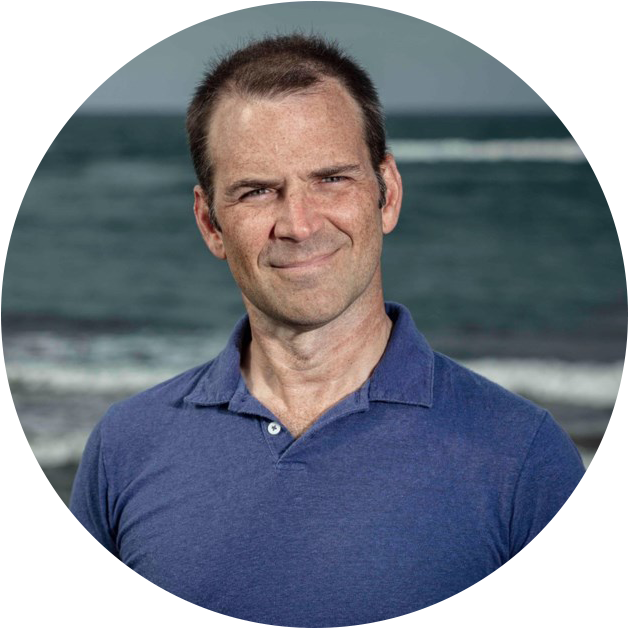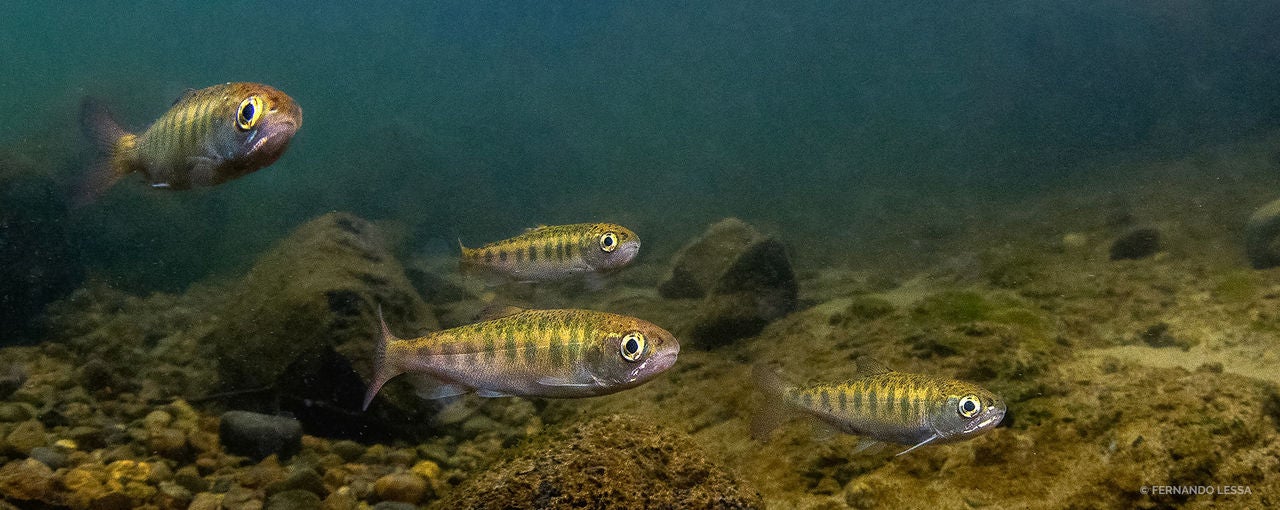Background
Aquaculture has been active in Canada since the 1980s. There are several species of fish, shellfish and seaweed currently being raised for consumption across Canada, but Atlantic salmon is by far the largest produced and the greatest value. The vast majority of these salmon are raised in the ocean waters of British Columbia (where it is not a native species), New Brunswick, Newfoundland and Labrador and Nova Scotia.
Most farmed Atlantic salmon are held and grown in cages that float in the ocean (open pens). These are usually located in areas where they are protected from storms but have good water flow. As a result, they are often placed in sheltered bays or near the mouths of rivers.
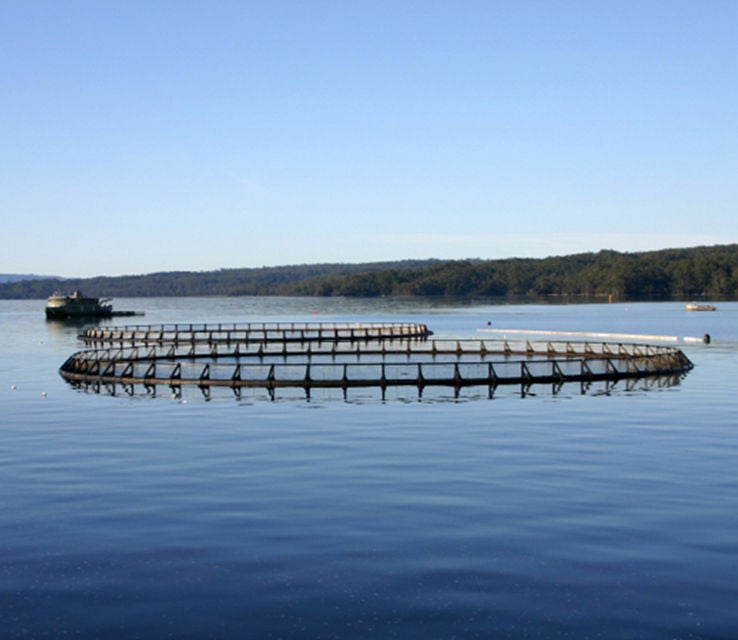
Program Overview
Recognizing the economic benefits of finfish aquaculture, the Canadian Wildlife Federation and its Board of Directors want open-pen finfish aquaculture to end on both coasts of Canada in the next 10 years and, in the meantime, a moratorium on new finfish aquaculture operations. This position is in alignment with the conclusions of many other agencies concerned with the state of wildlife in Canada, including Atlantic Salmon Federation, the Royal Society of Canada, and the federally appointed Commission of Inquiry into the Decline of Sockeye Salmon in the Fraser River (i.e. the Cohen Commission).
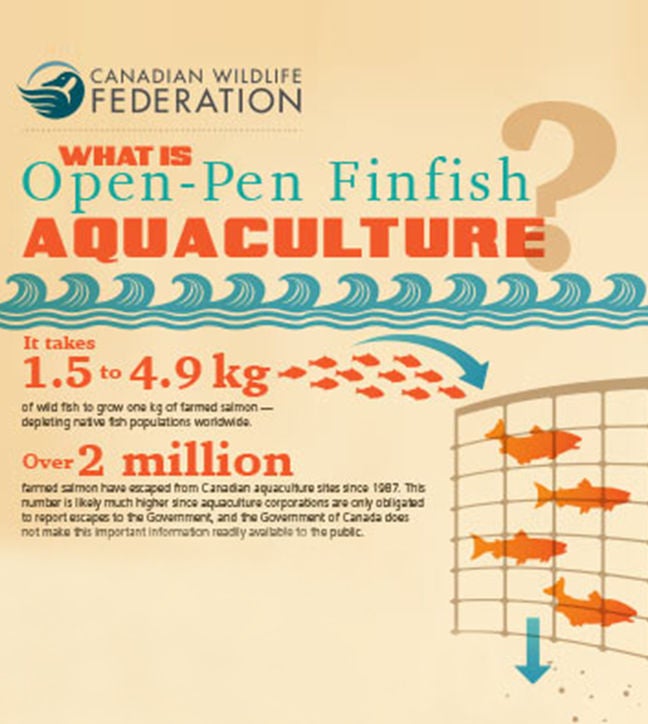
In Poor Health
As with large-scale farming practices of any animal, salmon aquaculture (often called finfish aquaculture) requires maintaining animals in large densities, providing them with food, and treating them with pharmaceuticals to maintain their health under these unnatural conditions. Unlike land-based farming practices, however, diseases, parasites, and food and pharmaceutical waste from open-pen finfish aquaculture operations freely flow into the surrounding marine environment.
The various effects of aquaculture on the environment are a large concern, particularly the potential negative effects on local populations of wild salmon. Many populations of Atlantic salmon in NB and NS and several Pacific salmon species are at risk of extinction according to the Committee on the Status of Endangered Wildlife in Canada (COSEWIC), so the risks from open-pen salmon aquaculture are especially important.
Cracking the Books Open
To ensure we evaluated open-pen finfish aquaculture with substantiated knowledge, CWF did a detailed examination of the scientific literature on the environmental effects of this type of aquaculture. Some studies showed no significant environmental effect, while others did. The logical conclusion is that we can reject the assumption that open-pen finfish aquaculture has no effect on the environment; clearly it does under some (even well-managed) conditions and in some locations. It is safe to conclude that we are not acting precautious by allowing this industry to develop and to expand.
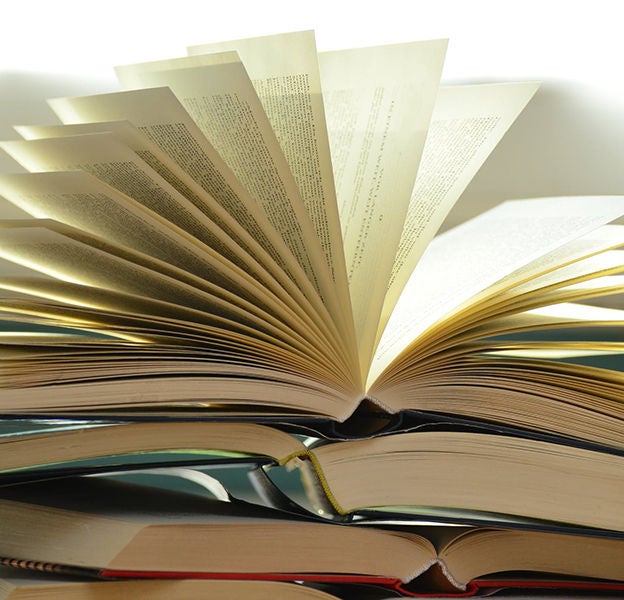
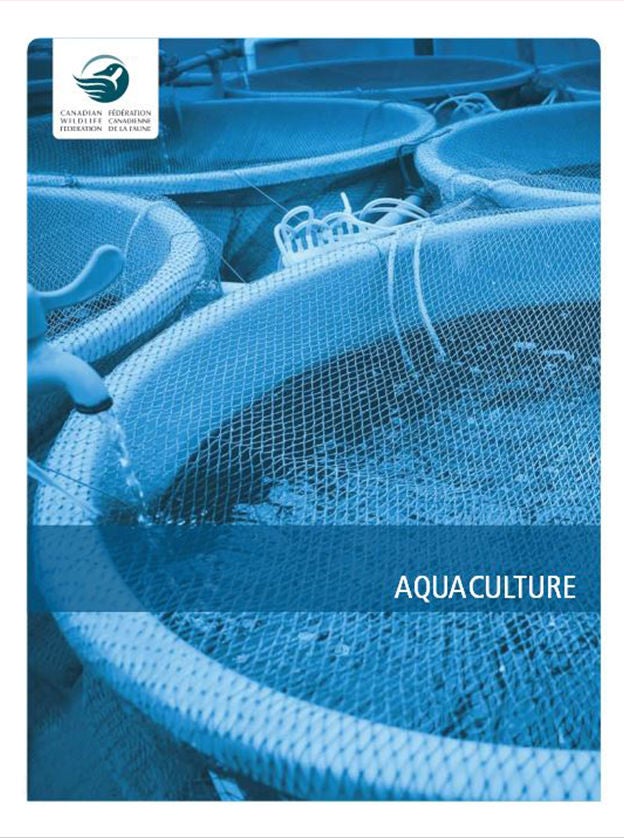
The CWF Aquaculture Report
The purpose of this report is to clearly establish the Canadian Wildlife Federation’s position on finfish aquaculture. Moreover, this report demonstrates that our position against open-pen finfish aquaculture is based on thorough research, using the best available knowledge. As such, this report is a living document. As new research is conducted, CWF will update this bibliography and use it to inform our position and messages on the subject. As you peruse the document, you’ll notice that the first section identifies CWF’s position and key messages relating to finfish aquaculture and its effects on wildlife. The second section is an annotated bibliography that provides a brief description of scientific research that has investigated the effect of finfish aquaculture on wildlife and provides the reference to the primary scientific literature to allow anyone to examine this research themselves.
Take Action!
Pledge to avoid eating farmed salmon unless you know it was farmed in a closed containment system.
“I pledge to help support our Pacific salmon species by avoiding eating farmed salmon unless I know it was farmed in a closed containment system.”
Moving farming operations to closed containment on land eliminates the threat of aquaculture while still producing fish and profits. You don’t have to quit salmon altogether! We have a helpful guide for making wise choices when choosing salmon at grocery stores and restaurants.
Program Lead
Sean Brillant, Ph.D
Sean joined CWF as the Senior Conservation Biologist for Marine Programs, leading the overall development and delivery of the marine conservation program and representing CWF’s position and interests in marine conservation to the public, the government and other partners. Following his PhD, Sean was a WWF-Canada postdoctoral fellow at Dalhousie University. He developed a movement model for right whales to predict where and when they might be at risk of entanglement. Sean is also a former Executive Director of Atlantic Coastal Action Program Saint John, a non-profit environmental management organization in New Brunswick. He has taught university courses for several years.
